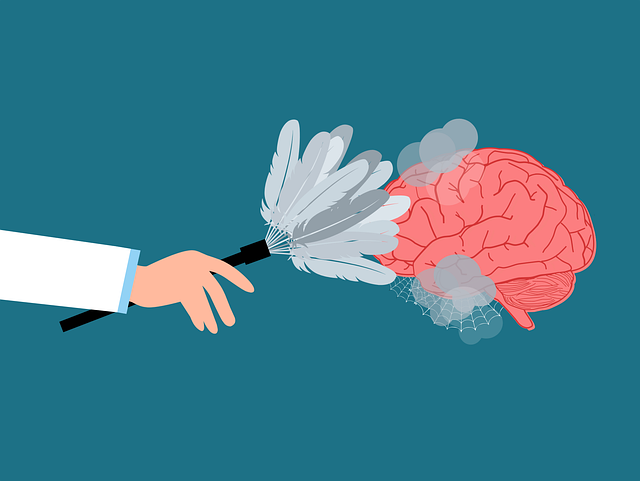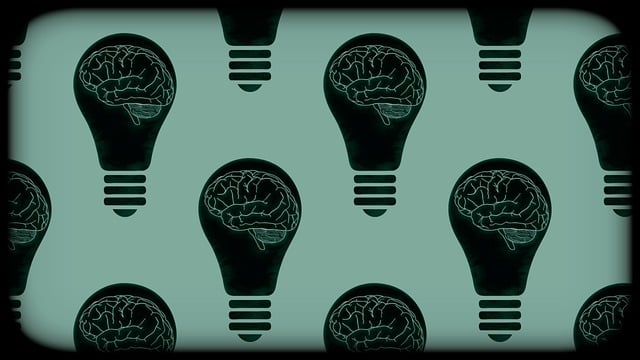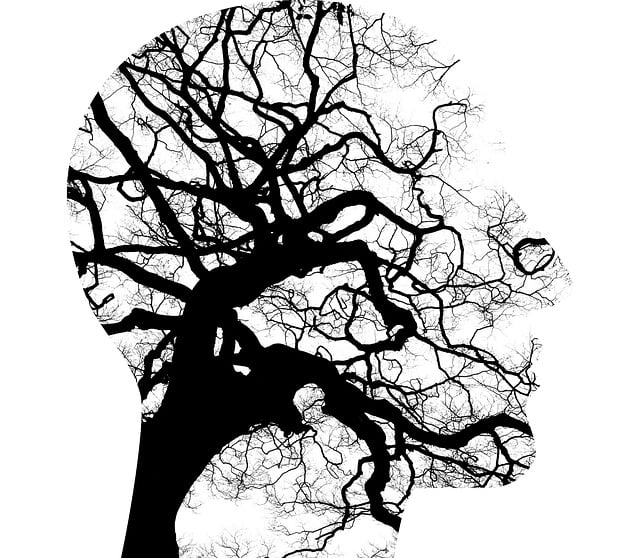Evaluating the impact of mental wellness programs like Littleton Sexual Dysfunction Therapy (LSDT) involves a multi-faceted approach combining structured clinical interviews, self-care tracking, and crisis guidance. This method yields both qualitative and quantitative data, offering insights into effective program aspects and areas needing improvement. By assessing changes in symptoms, behaviors, and overall well-being over time, therapists can refine treatment strategies based on participant needs. Continuous evaluation ensures LSDT remains responsive to evolving demands, fostering lasting positive changes and enhancing support for individuals with sexual dysfunction and related mental health concerns.
Mental wellness programs are increasingly vital in today’s fast-paced world, with methods like Littleton Sexual Dysfunction Therapy proving effective. Evaluating these programs is crucial for understanding their impact and ensuring long-term tracking and sustainability. This article explores three key evaluation methods: assessing program impact through metrics and methods, gaining participant feedback through satisfaction surveys, and monitoring program sustainability over time. By implementing these strategies, mental wellness initiatives can optimize their benefits and reach.
- Assessing Program Impact: Methods and Metrics
- Participant Feedback and Satisfaction Surveys
- Long-term Tracking and Sustainability Evaluation
Assessing Program Impact: Methods and Metrics

Evaluating the impact of a mental wellness program is a multifaceted process that goes beyond mere satisfaction surveys. It involves assessing changes in participants’ symptoms, behaviors, and overall well-being over time. For instance, in the context of Littleton Sexual Dysfunction Therapy, therapists might use structured clinical interviews to gauge improvements in sexual functioning, relationship dynamics, and associated anxiety or depression. These interviews provide quantitative data on specific areas targeted by the program.
Additionally, tracking Self-Care Practices and incorporating Crisis Intervention Guidance into the evaluation framework allows for a holistic view of participants’ progress. Metrics could include measures of self-reported coping skills development, frequency of crisis events, and the use of supportive resources. By combining qualitative and quantitative data, therapists can gain valuable insights into what aspects of the program are most effective and where adjustments might be needed to better serve individuals seeking support for sexual dysfunction and related mental health concerns.
Participant Feedback and Satisfaction Surveys

Participant feedback and satisfaction surveys are invaluable tools for evaluating mental wellness programs like Littleton Sexual Dysfunction Therapy. These surveys allow individuals who have directly experienced the program’s offerings to share their insights, highlighting both the positive impacts and areas for improvement. By collecting qualitative and quantitative data through these assessments, therapists and program coordinators gain crucial information about the effectiveness of various therapeutic techniques, including stress reduction methods and emotional intelligence training.
The feedback received can guide adjustments to treatment plans, ensuring they align with participants’ evolving needs. Moreover, high satisfaction rates indicate that inner strength development strategies are resonating with individuals, fostering a sense of well-being and empowering them to navigate challenges more effectively. This continuous evaluation process is instrumental in refining the program’s approach, ultimately enhancing its ability to support those seeking mental wellness solutions.
Long-term Tracking and Sustainability Evaluation

Evaluating the long-term impact and sustainability of mental wellness programs is a critical aspect of ensuring their effectiveness and relevance over time. This involves tracking participant progress beyond the initial stages of therapy, which can provide valuable insights into the program’s ability to foster lasting positive changes. By implementing robust long-term tracking methods, such as periodic follow-up assessments, interviews, or surveys, mental health professionals can gauge whether participants maintain their recovered states or continue to struggle with issues like Littleton Sexual Dysfunction Therapy (LSDT).
This ongoing evaluation allows for the identification of potential challenges and successes within the program structure. For example, assessing trauma support services, communication strategies, and cultural sensitivity in Mental Healthcare Practice can reveal areas where the program excels or requires adjustments. Such insights enable continuous improvement, ensuring that the mental wellness program remains responsive to the evolving needs of its participants and effective in promoting their overall well-being.
Evaluating mental wellness programs like Littleton Sexual Dysfunction Therapy requires a multifaceted approach. By combining Assessing Program Impact through standardized metrics, gathering Participant Feedback and Satisfaction Surveys, and implementing Long-term Tracking for sustainability, we can comprehensively gauge effectiveness and ensure continuous improvement. These methods enable us to not only measure success but also adapt and optimize support for those seeking mental wellness.














